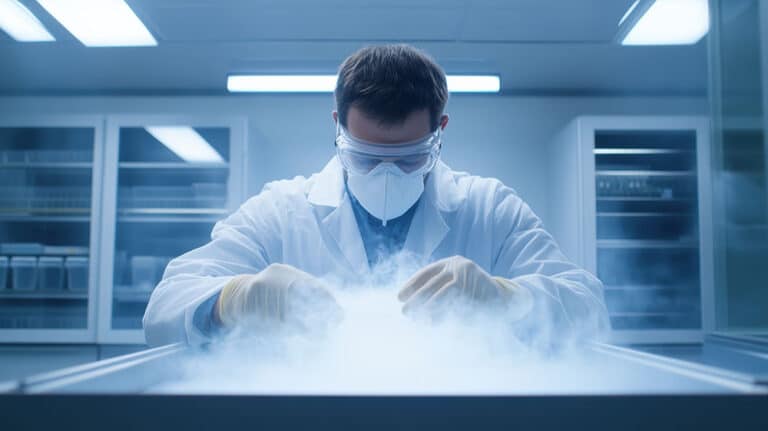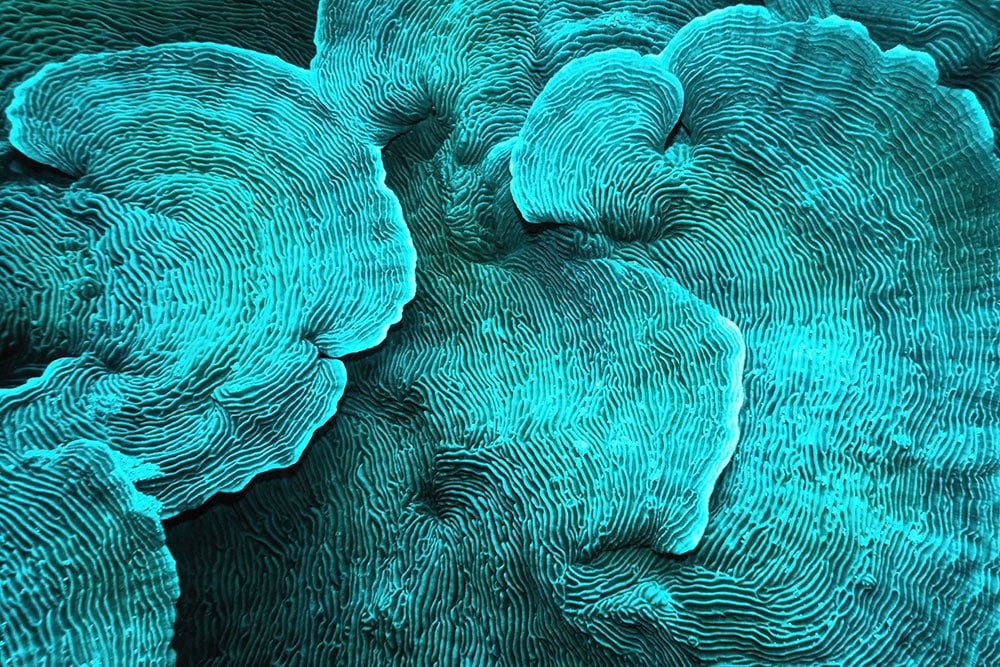Cryogenics and Multimodal Microspectroscopy: Filtering out the Noise
- Howard Frank
- Material Sciences, Semiconductor

Imagine you’re at the Boston Garden, and it’s the ultimate showdown: Lakers vs. Celtics. Among the sea of green, there’s a lone Lakers fan, cheering his heart out. But guess what? His cheers are drowned out by the thunderous roars of Celtics fans. You can’t hear him, let alone find him. This is kind of like what happens in spectroscopy without cryogenics.
Why Cryogenics is the MVP
Cryogenics isn’t just about freezing stuff for fun—it’s about enhancing our ability to detect and measure in the world of spectroscopy. Here’s how it makes a big difference:
1. Improved Signal-to-Noise Ratio (SNR)
At room temperature, molecules are like that noisy Boston crowd, constantly moving and making it hard to pick out the specific ones we’re interested in. Cooling things down with cryogenics quiets the background noise, letting us focus on the molecules we actually care about.
2. High-Resolution Measurements
When everything’s cooled down, molecules aren’t jostling around as much. This reduces spectral line broadening, giving us sharper, more precise measurements. Think of it as going from a blurry photo to a crisp, clear image.
3. Stabilizing Samples
Some samples are super sensitive and start breaking down at room temperature. Cryogenics keeps them stable, preventing degradation so we can study them in its true form.
4. Enhanced Fluorescence and Luminescence
Cooling a sample can boost its fluorescence efficiency. This is like turning up the brightness on your screen—everything becomes much clearer and easier to see.
5. Reduction of Background Interference
Cryogenic environments help cut down on unwanted background radiation and emissions, giving us a cleaner, clearer signal.
Applications Abound
Condensed Matter Physics
Understanding the band structure of materials is crucial, and cryogenics helps get those materials into a well-defined quantum state for study.
Semiconductor Defect Detection
Defects in semiconductors introduce foreign energy states. By cooling things down, we can isolate and study these defects more effectively.
Quantum Science
Low temperatures help us understand quantum behaviors and interactions at a fundamental level. It’s like peering into the universe’s most hidden secrets.
Why You Should Care
Research in quantum computing, advanced materials for EVs, LEDs, and photovoltaic cells is booming. Cryogenics is a key player in pushing these fields forward by improving yield and reducing defects in semiconductors. And guess what? It’s not just for the experts anymore. With multimodal microspectroscopy systems incorporating cryogenics, these advanced techniques are becoming more accessible and versatile.
Cool Tools
The cryostat, a sample handling and conditioning system, pairs with multimodal microspectroscopy systems (like HORIBA’s SMS) to perform various micro-spectroscopies at temperatures down to 4K (Kelvin). This includes techniques like Raman, photoluminescence, and more. These systems are evolving from DIY setups to turnkey solutions, making high-end research more streamlined.
Final Thoughts
Cryogenics is like that magical tool that clears the noise, stabilizes the scene, and lets us see things in high definition. Whether it’s identifying defects in semiconductors or exploring the depths of quantum science, cryogenics plays a pivotal role. So next time you think about low temperatures, remember—it’s not just about the cold. It’s about clarity, precision, and unlocking new frontiers in science.


